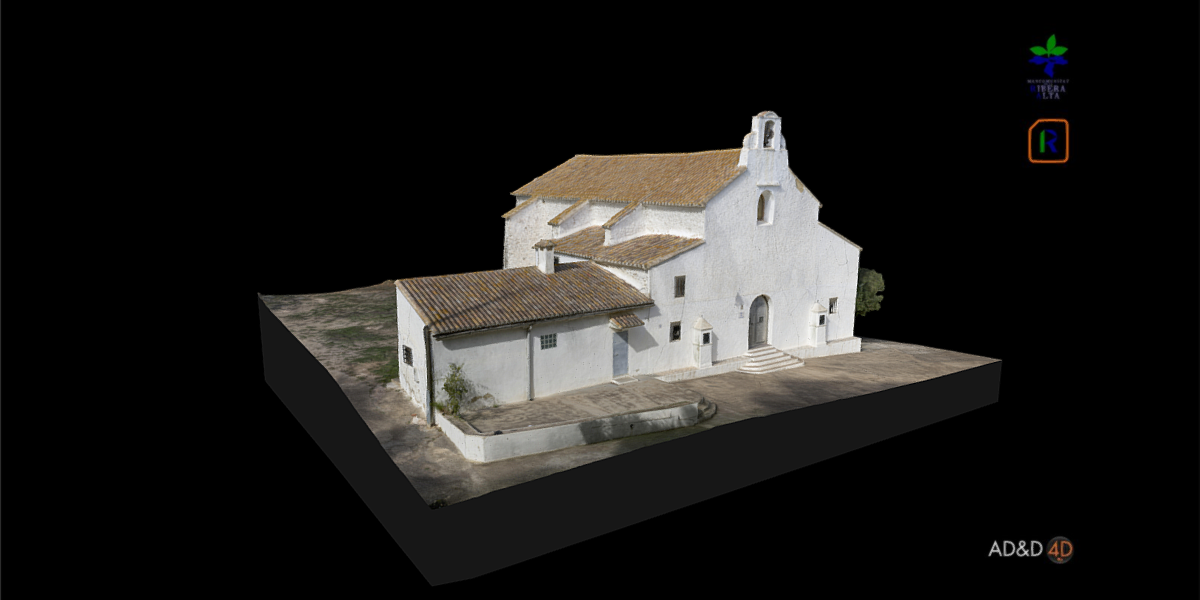This hybrid conference, which will take place on 18 April 2023, is hosted by the Museum of Ethnography in Stockholm and is open to the public online. It is made possible thanks to the support of the Swedish Ministry of Culture.
The conference will focus on 3D, exploring three-dimensional digitisation of cultural heritage as one of the main aspects of the common European data space for cultural heritage - a flagship initiative of the European Union to support the digital transformation of the heritage sector. The Europeana Initiative, together with its partners, is currently deploying this data space. A major goal of the data space will be to source and make available high-quality, usable and accessible 3D cultural data.
Why 3D matters
The need for 3D digitisation of cultural heritage is more relevant than ever. Recent devastating events like the destruction of cultural property in Ukraine or natural hazards caused by changing climate conditions remind us that cultural heritage is fragile and at constant risk. Digital technologies, including 3D, play an important role in the preservation and restoration of cultural heritage, offering a regenerative lifeline for sites facing man-made and natural threats.
The European Commission has set ambitious 3D targets for 2030, and the Conference aims to support their achievement. As called for in the Commission Recommendation of 2021 establishing the creation of a common European data space for cultural heritage, in the course of this decade EU Member States should digitise in 3D all monuments and sites deemed at risk, and 50 % of the most physically visited.
3D technologies are already being used to support the preservation of Europe’s shared cultural heritage in the face of growing natural and manmade foes. 3D applications also offer unprecedented opportunities for cultural heritage institutions to fulfil their mission of broadening access to culture and information in the 21st century, staying relevant in today’s fast-changing world. Lastly, 3D can be used to capture imaginations, enhance engagement and public understanding of cultural assets, and foster their reuse within the cultural sector and beyond - from education and research to tourism.



